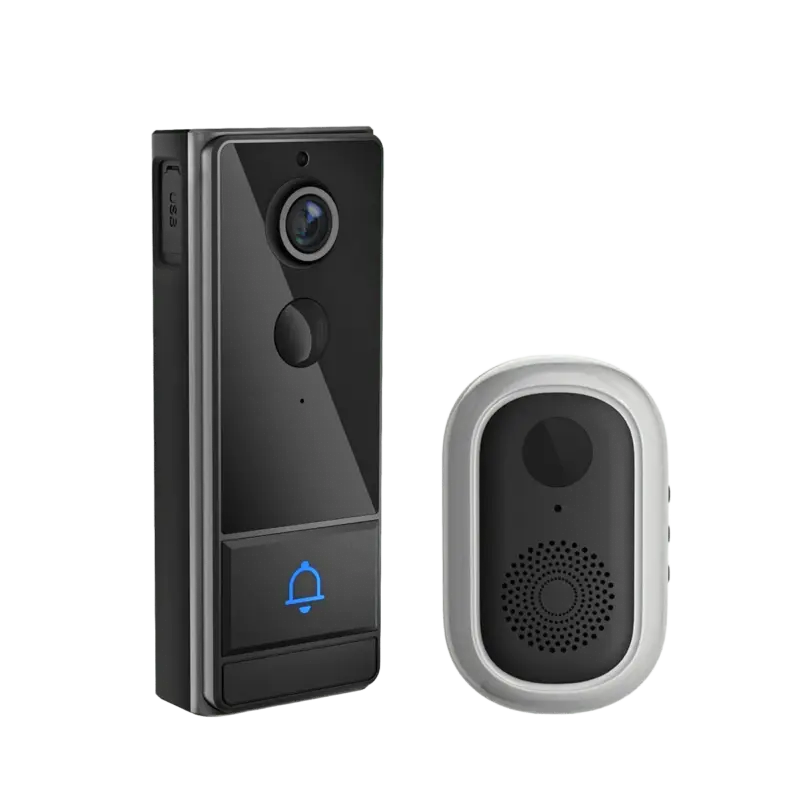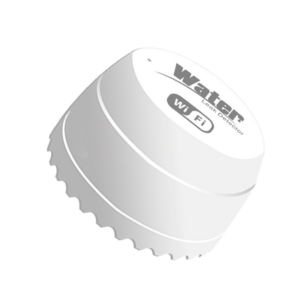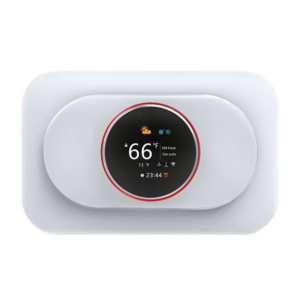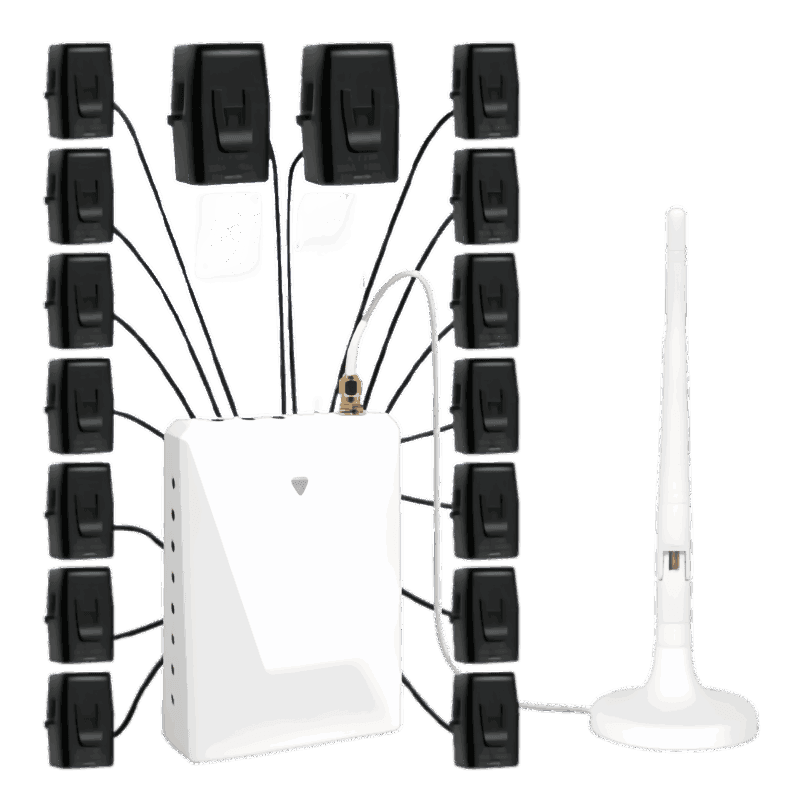⚡ Why Thermostat Settings Matter in 2025
The temperature you set on your thermostat impacts more than just comfort. It affects your monthly energy bills, your home's carbon footprint, and even your health during extreme weather. With climate conditions becoming more unpredictable and energy costs rising, it’s more important than ever to understand optimal thermostat settings.
In this guide, we'll walk you through:
- The ideal indoor temperatures for summer and winter
- How smart thermostats improve efficiency
- Energy-saving strategies to help you cut costs
- Practical steps for how to set your thermostat the right way (detailed guide here)
☀️ Optimal Thermostat Settings for Summer
Recommended Settings
According to the U.S. Department of Energy, the recommended thermostat setting for summer is 78°F (25.5°C) when you're home. For unoccupied spaces, raise it to 85°F (29.4°C) or higher to conserve energy.
| Scenario | Recommended Setting |
|---|---|
| Occupied Spaces | 78°F (25.5°C) to 82°F (27.8°C) |
| High Humidity/Outdoor Temps | 75°F to 78°F |
| Well-Insulated Homes | 79°F to 82°F |
| Active Zones (gyms/living rooms) | 76°F to 80°F |
| Unoccupied Spaces | 85°F to 90°F |
Energy-Saving Tips for Summer:
- Pre-cool your home before peak demand hours
- Use ceiling fans to circulate cool air
- Keep blinds closed during sunny hours
Need help managing this automatically? A smart thermostat for heat pumps can schedule all of this for you.
❄️ Optimal Thermostat Settings for Winter
Recommended Settings
Heating experts recommend setting your thermostat to 68°F (20°C) when you're home and awake, and lowering it to 61°F (16°C) when you're asleep or away.
| Room Type | Suggested Range |
|---|---|
| Main Living Areas | 64°F to 72°F |
| Bedrooms | 61°F to 68°F |
| Guest Rooms | 58°F to 65°F |
Energy-Saving Tips for Winter:
- Lower temps at night or when you're away
- Seal leaks around windows and doors
- Use curtains to trap heat at night
- Ensure proper insulation in walls and attic
🔧 How to Set a Thermostat: Quick Guide for Beginners
If you're new to thermostats—manual or programmable—here’s a simple overview adapted from WikiHow’s full tutorial:
- Know your thermostat type: Manual, programmable, or smart. Smart thermostats offer the most flexibility and automation.
- Set the mode: Choose “Cool” in summer and “Heat” in winter.
- Adjust the setpoint: Use up/down arrows or dial to set your desired temperature.
- Program a schedule (for programmable models): Set daily or weekly schedules to automatically adjust temperature when you're away or asleep.
- Use vacation or away mode: For long absences, set your thermostat to energy-saving levels.
For step-by-step instructions, see the full How to Set a Thermostat guide.
🔌 Smart Thermostats: Automate Comfort & Cut Costs
Why Upgrade to a Smart Thermostat?
Smart thermostats do more than adjust temperatures. They optimize energy use based on:
- Occupancy patterns
- Weather conditions
- Your personal habits
Key Benefits
- Automatic scheduling for heating & cooling
- Remote control via app (perfect for travel or work)
- Learning algorithms that improve efficiency over time
- Voice control through Alexa/Google Assistant
Explore Grus options:
✨ 8 Pro Tips to Maximize Efficiency
- Set a seasonal baseline: 78°F in summer, 68°F in winter
- Adjust for occupancy: Lower temp in unused rooms
- Use smart schedules for day/night variations
- Seal and insulate your home properly
- Leverage passive heating/cooling (sunlight, blinds)
- Install zoning systems if possible
- Maintain HVAC equipment regularly
- Use vacation mode when traveling
🔥 Extreme Weather Reminder: Stay Safe
During extreme heat or cold, thermostat settings become critical for health, not just comfort. According to The New York Times, high heat can impair brain function, aggravate medical conditions, and interrupt sleep.
For seasonal safety tips, check our full article on How to Stay Cool During 2025’s Extreme Heat.
Heat Wave Tips:
- Keep your indoor temp at 78°F or lower
- Stay hydrated and eat water-rich foods (melon, cucumber)
- Use smart thermostats to schedule cooler sleep settings at night
🚀 Final Thoughts
Finding your home's thermostat "Goldilocks zone" means balancing comfort, efficiency, and sustainability. With the right strategy and a smart thermostat, you'll enjoy better control, lower bills, and year-round comfort—whatever the weather brings.
Upgrade your home climate strategy today. Explore Grus Smart Thermostats →




